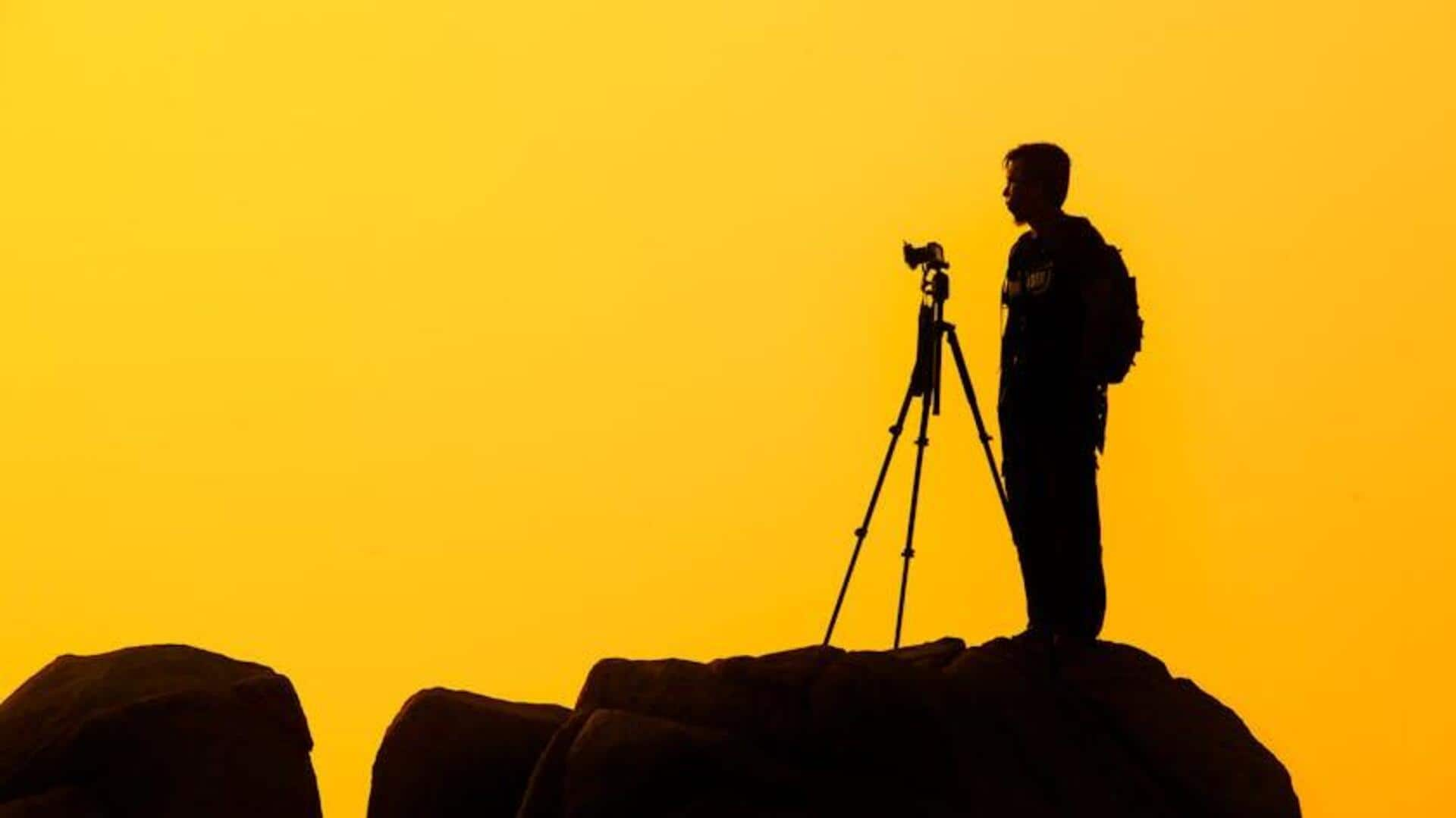
Narrative landscape photography: Storytelling through scenery
What's the story
Narrative landscape photography isn't just about snapping beautiful views. It's about creating a narrative within the landscape, where each picture tells a distinct story or evokes a specific emotion. This style pushes you to go beyond the surface and discover the stories hidden within the natural or urban landscapes. Want to master the art of narrative landscape photography? Read on!
Location selection
Choosing the right location
The first step in narrative landscape photography is choosing a location that resonates with you. Be it an urban jungle or a tranquil wilderness, the chosen location should possess elements that contribute to the story you wish to portray. Delving into its historical, cultural, or environmental aspects can enhance your narrative, making your photographs more captivating and profound.
Light and weather
Understanding light and weather
Light and weather are powerful tools for setting the tone or mood of your photos. The tranquil radiance of early morning light, the drama or turmoil implied by stormy skies. By learning to see how various weather conditions transform the landscape, you can create images that echo with emotional depth and complexity.
Framing stories
Composition techniques
Strong composition is crucial in narrative landscape photography. Leading lines, framing, and perspective draw attention to elements essential to your story. Whether amplifying the grandeur of open space, the solitude of a lone tree in snow, or nature's contrast with encroaching cityscapes, these techniques steer viewers through your photographic narrative.
Interaction
Engaging with your subject
Interacting with the landscape involves spending time immersing yourself in the environment before even touching your camera. Take walks, pay attention to how light changes throughout the day and how it affects the land, look for patterns in nature or the hustle and bustle of people in urban environments. This intimate knowledge will allow you to uncover narratives that might otherwise go unnoticed.
Editing narratives
Post-processing for emphasis
In post-processing, amplify your narrative by subtly enhancing contrast, boosting saturation, or using filters to highlight your story, not overshadow it. This creates mood without compromising natural beauty or distorting reality. Aim for tasteful amplification that adds value to storytelling. Draw attention to focal points or stir emotions to paint a richer narrative landscape.